Prohibition started in January 1920, in the United States; it was a nationwide ban on alcohol production, sale, importation, and transportation. It initially spread state by state, but with an amendment to the constitution, it became national law. However, it only lasted until 1933, and it didn’t do very well up to then either.
With alcohol prohibited, an illegal trade sprung up with bootlegging, speakeasies, and private distilling operations flourishing everywhere. This was not the effect that was wanted by the original temperance movement that encouraged prohibition. The long-term goal of this act of government was that neighborhoods would prosper as rents were raised, neighborhood bars would close, the entertainment industry would flourish, and money that had been previously spent on alcohol would now go to food, fueling a new era of wealth and health.
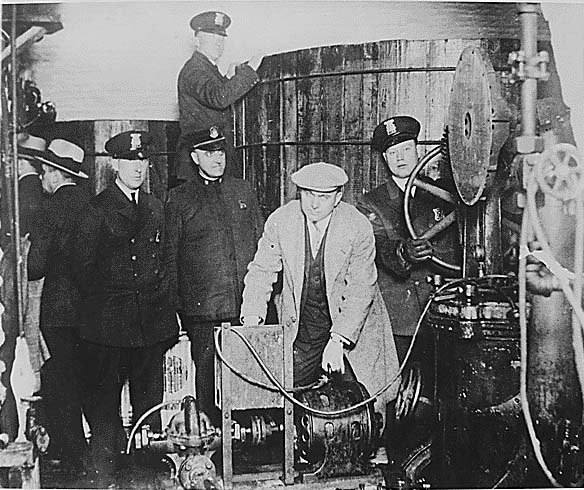
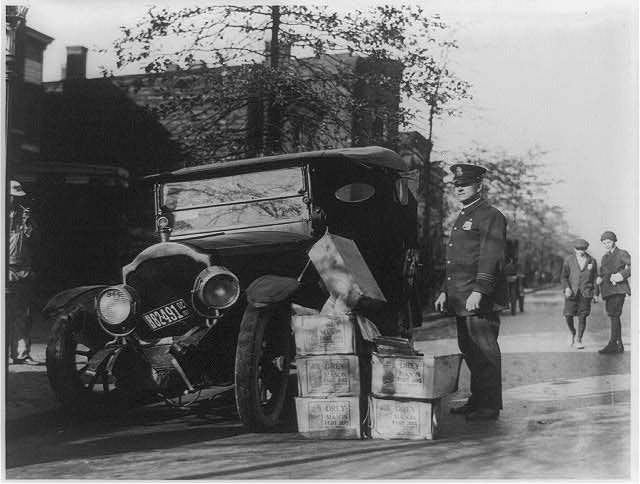
What actually happened was that many jobs were lost from the closing of breweries and distilleries. The business that supplied the breweries were hard hit: the hop growers and truck drivers, the growers of grain and the barrel makers, all soon found themselves floundering and unable to go on. This gave the crime bosses in the US a firm place to build a booming business. As the neighborhood bars closed, a new kind of establishment took their place; they were called speakeasies, and these places sold the illegal alcohol.
These were hidden rooms and private bars that were often part of a legitimate business, such as an ice cream parlor. They can be compared somewhat to our nightclubs of today – they had singers and jazz players, and to get into one you had to know the password. Many speakeasies were raided, but in such a manner that the police would come in one way and the patrons escaping out another. Some were never raided and still operate today as bars.
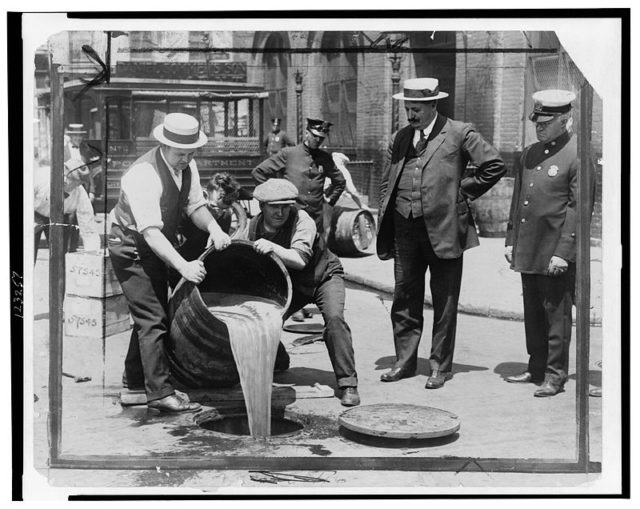
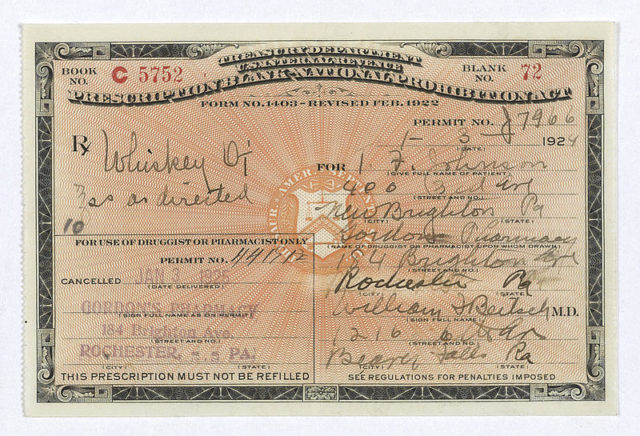
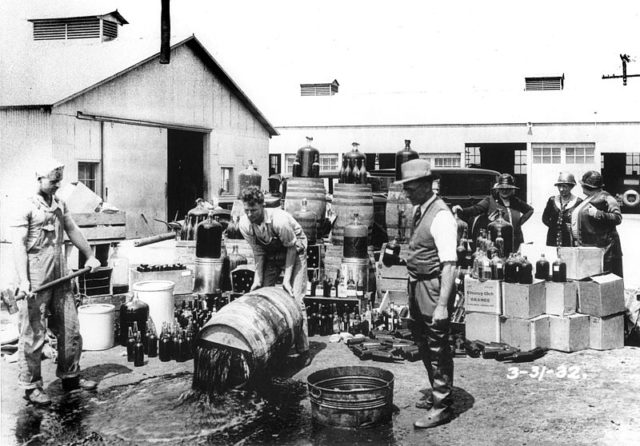
The word ‘speakeasy’ came from barkeeper slang – it was a call for the patrons to “speak easy” when ordering, so as not to draw any attention to themselves by acting nervous or by ordering the drink by its real name. Slang names such as ”coffin varnish”, “panther sweat”, and “white mule” were used when ordering alcohol at these places.
Often, as fast as one speakeasy closed down, another popped up elsewhere. Before prohibition, women drinking in public was frowned upon but, due to the excitement and daring involved, women were soon seen often at the speakeasies. With more women drinking, yet not wanting the more male preferred drinks, like beer and straight shots, cocktails soon grew in popularity.
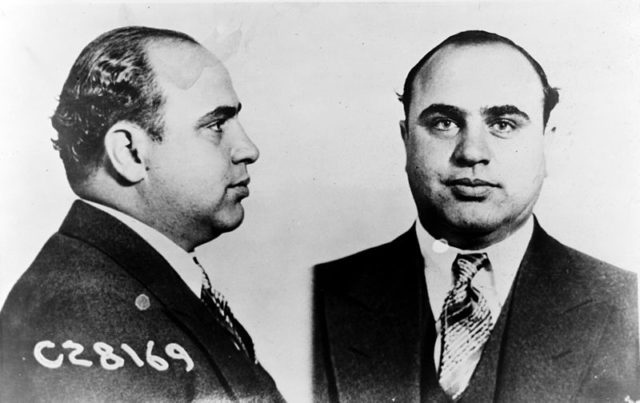
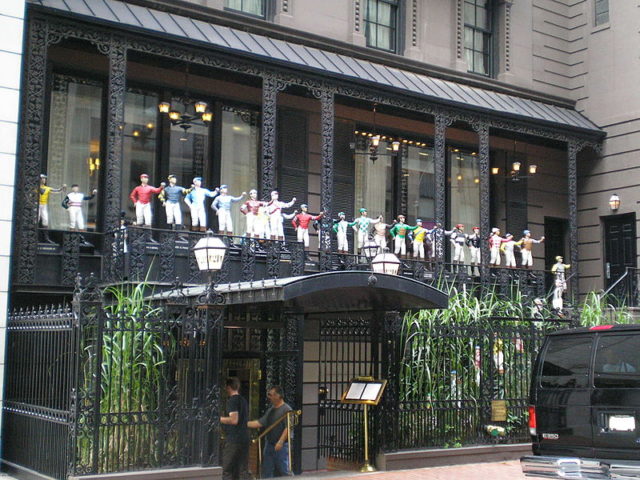
In the larger cities, speakeasies were easier to find. They not only became places for drinking but also commonly for gambling and prostitution as well. With the crime lords overseeing everything and bribing the local politicians and police forces, it was no wonder that they were not as well hidden as their counterparts in smaller cities. Illegal drugs became more commonplace, as there was now a central place to sell them, and a regular patronage, About Education, reported.
Here is another story from us: Notorious gangsters from the Great Depression and the Prohibition Era
On February 20, 1933, President Hoover passed the twenty-first amendment ending prohibition. Legal saloons and bars opened almost immediately, and the speakeasies vanished almost as fast. Some of the owners turned their illegal bars into now-legal ones, and some didn’t, as it was no way near as much fun doing things in a legal manner.
